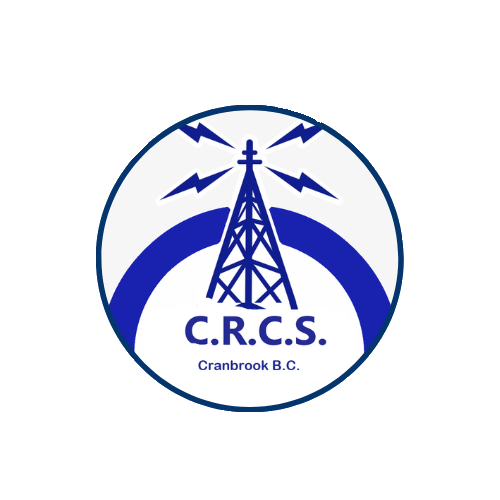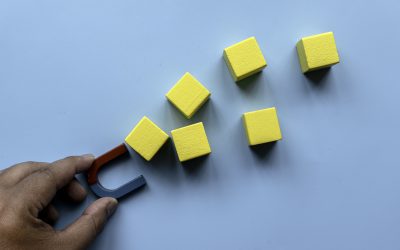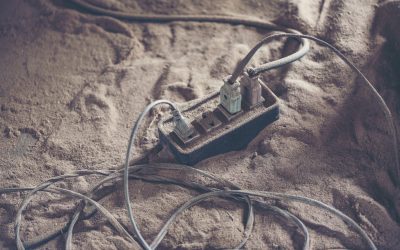Whether you’re a seasoned amateur radio operator or just getting your first rig up and running, a reliable dummy load is a must-have. It’s essential for testing and tuning your equipment without broadcasting on the air. But store-bought dummy loads can be pricey, especially for new hams working with limited budgets. Fortunately, building your own dummy load on a budget is easier than you might think. In this guide, we at the Cranbrook Radio Club Society (CRCS) will walk you through the steps to create a functional, affordable dummy load that performs well enough for most shack testing needs.
What Is a Dummy Load?
A dummy load is a device that safely dissipates RF (radio frequency) energy as heat, allowing you to test and calibrate your transmitter without actually transmitting over the airwaves. It simulates an antenna’s resistive load, typically 50 ohms, so your transmitter sees a proper match.
Why use one?
- Tune and test without causing interference
- Diagnose equipment performance issues
- Calibrate SWR meters and power meters
- Prevent unnecessary radiation during bench tests
Basic Requirements of a Dummy Load
When building your own dummy load, the primary goals are:
- Impedance: Maintain a 50-ohm resistance
- Power Handling: Capable of dissipating enough RF power without overheating
- Bandwidth: Function properly across a reasonable range of HF (or VHF/UHF) frequencies
- Safety: Ensure heat is properly managed and components are not exposed
If you want a simple load for testing QRP gear (under 10 watts), your materials and costs can be minimal. Higher power dummy loads (up to 100 watts or more) require more planning.
Materials You’ll Need
Here’s a basic parts list for a DIY dummy load on a budget:
For QRP (low-power) Dummy Load (up to ~10W):
- (20) 1,000-ohm, 1/2 watt resistors (carbon or metal film)
- SO-239 connector or BNC connector
- Small aluminum or metal enclosure
- Thermal compound (optional)
- Heat sink (optional)
For Higher Power Loads (up to ~100W):
- (20) 1,000-ohm, 2-watt resistors (metal oxide recommended)
- Larger aluminum enclosure or paint can
- Oil or mineral oil for cooling (non-conductive and heat-stable)
- Terminal strip or PCB for mounting resistors
Note: Resistors should be non-inductive types if possible to minimize impedance variation at higher frequencies.
Building the Load: Step-by-Step
Step 1: Wiring the Resistors
To achieve 50 ohms using 1,000-ohm resistors:
- Connect 20 resistors in parallel.
- This results in an equivalent resistance of 50 ohms (1,000 / 20 = 50).
How to wire them:
- Twist one leg from each resistor together to form one common node (center pin of coax connector).
- Twist the other legs together for the ground side.
- Solder both ends securely.
Step 2: Mounting and Assembly
Mount your resistor assembly to a terminal strip or directly inside your enclosure. If using a coax connector:
- Solder the common node to the center pin
- Connect the ground side to the shell or chassis
Make sure the resistors have space for air to flow, or are submerged in oil if using a paint can. For QRP builds, a vented metal box should be fine without oil.
Step 3: Heat Dissipation
For higher power loads:
- Place resistors inside a clean, empty paint can
- Fill with mineral oil until resistors are submerged
- Seal the can and attach your coax connector through the lid
Why oil? Oil helps dissipate heat evenly and protects the resistors. Make sure to use non-conductive, non-flammable oil rated for electronics.
Testing Your Dummy Load
Before using it with your transceiver, test your dummy load:
- Multimeter Test: Measure DC resistance across the connector. It should read close to 50 ohms.
- SWR Check: Connect to an SWR meter. A well-built load should show a flat SWR (1.0 to 1.2) across the bands of interest.
- Touch Test: After running 5–10 watts for a few minutes, feel the enclosure. It should be warm but not dangerously hot. For higher power, monitor temperature closely.
Tips for Success
- Always double-check your resistor values and power ratings.
- Keep leads short to reduce stray inductance.
- Use non-inductive resistors when possible.
- Avoid using carbon-composition resistors if you’re pushing higher power levels—they can drift or fail.
- Don’t skimp on safety. If things get too hot, shut down and reassess your design.
Upgrades and Enhancements
Want to take your budget build to the next level? Here are a few enhancements:
- Add a Thermometer: A simple temperature strip or digital thermometer helps monitor heat.
- Include a Power Meter Tap: Insert a small directional coupler or power tap to measure output without moving cables.
- Use a Fan: If running higher power for longer periods, a computer fan can help cool the enclosure.
When to Consider a Commercial Dummy Load
While DIY dummy loads are great for basic testing, there are times when a commercial unit may be the better choice:
- You routinely operate at high power (100W+)
- You need consistent performance into VHF and UHF
- You want built-in metering, connectors, or compact size
Brands like MFJ, Palstar, and Diamond offer reliable dummy loads, but building your own first gives valuable hands-on experience.
At the Cranbrook Radio Club Society, we’re big fans of homebrewing gear—it’s part of what makes amateur radio rewarding. Building a dummy load on a budget is an excellent entry project that teaches basic electronics, RF principles, and soldering skills. Plus, you’ll save money and gain a useful tool for your shack.
Whether you’re checking your rig’s output or running a quick bench test, a homemade dummy load gives you the flexibility to test quietly, safely, and without interference. Give it a try—you might be surprised at what you can build with a handful of parts and a little patience.




